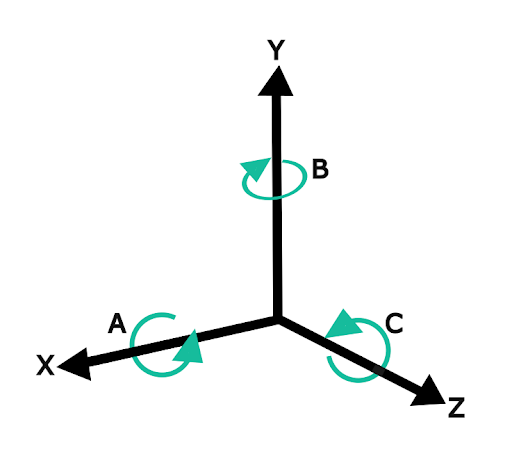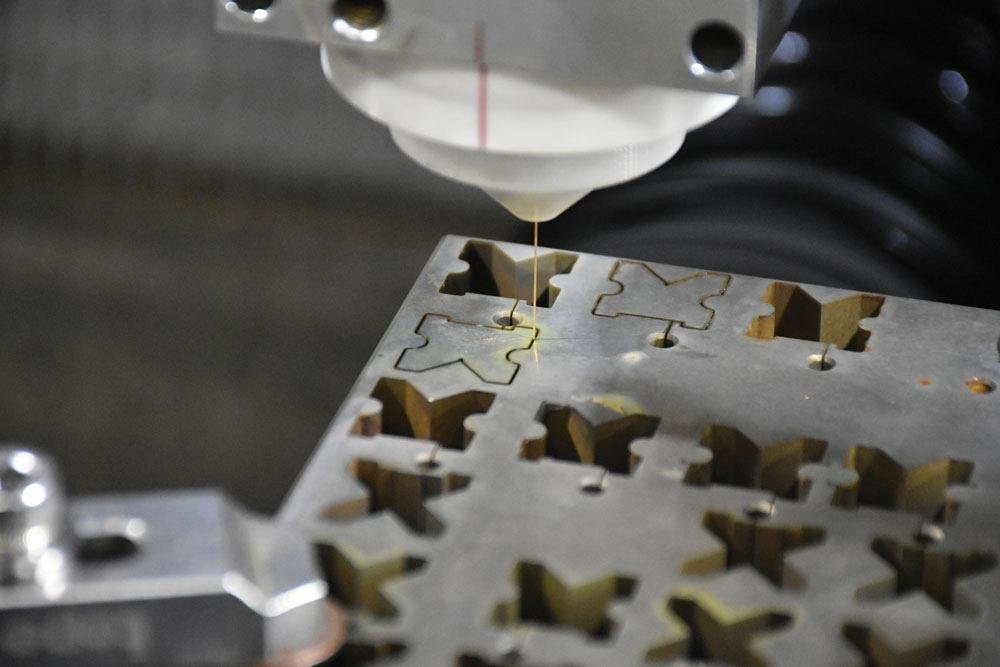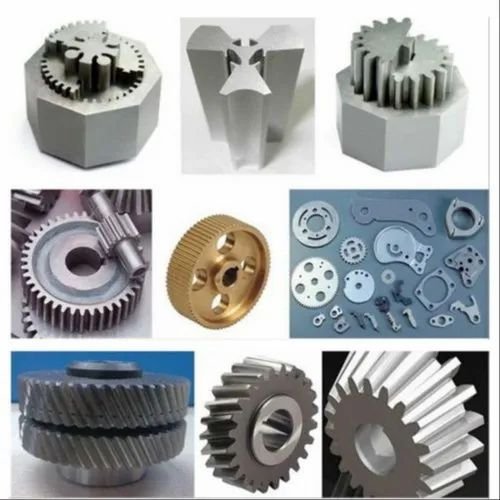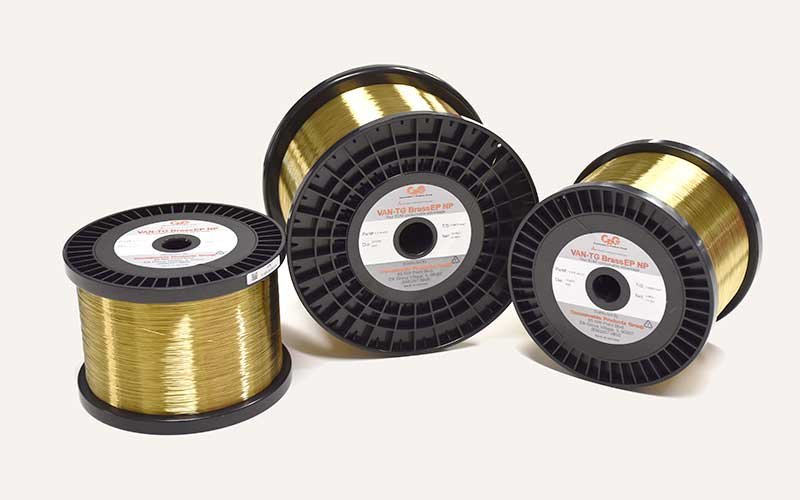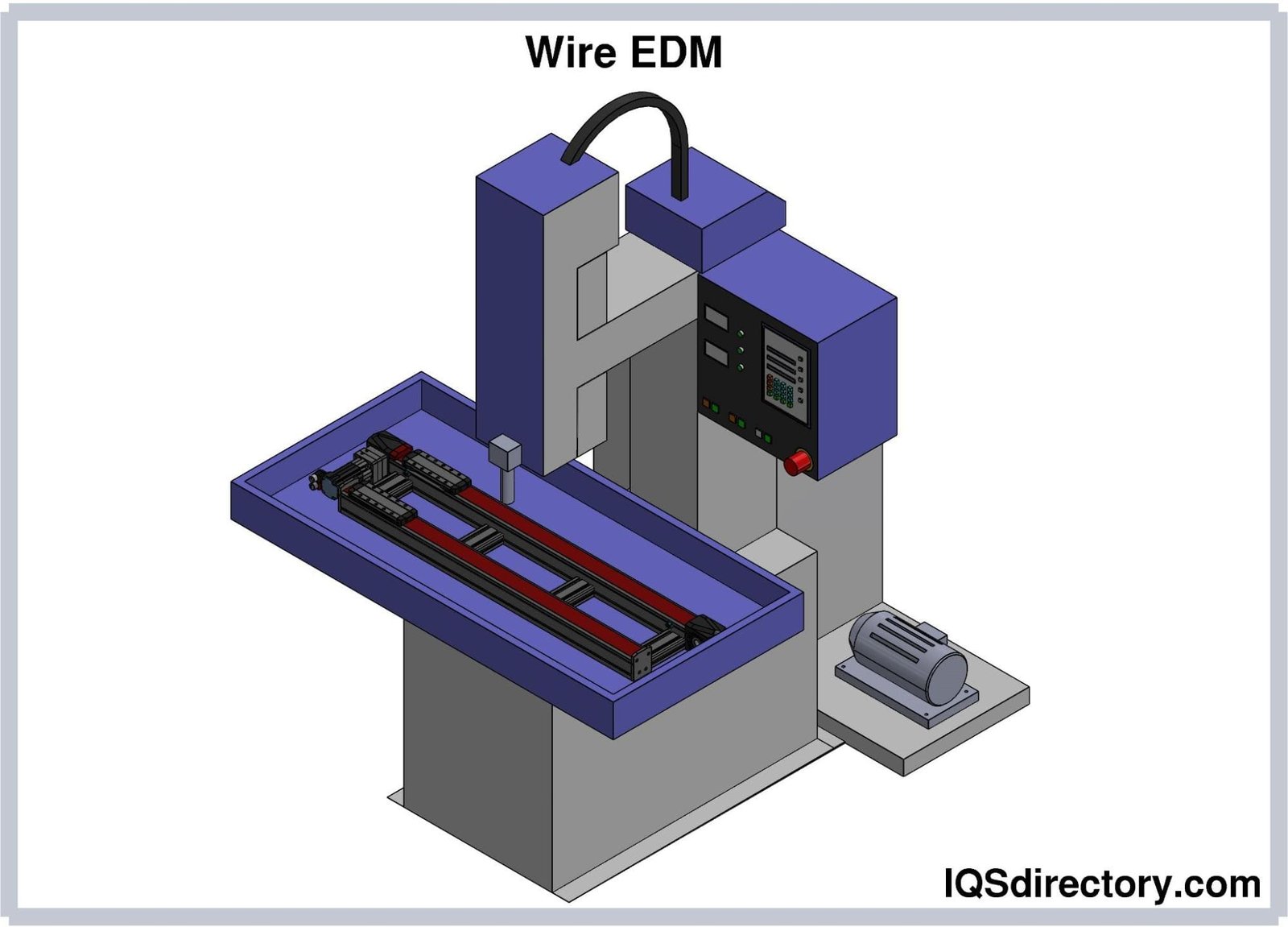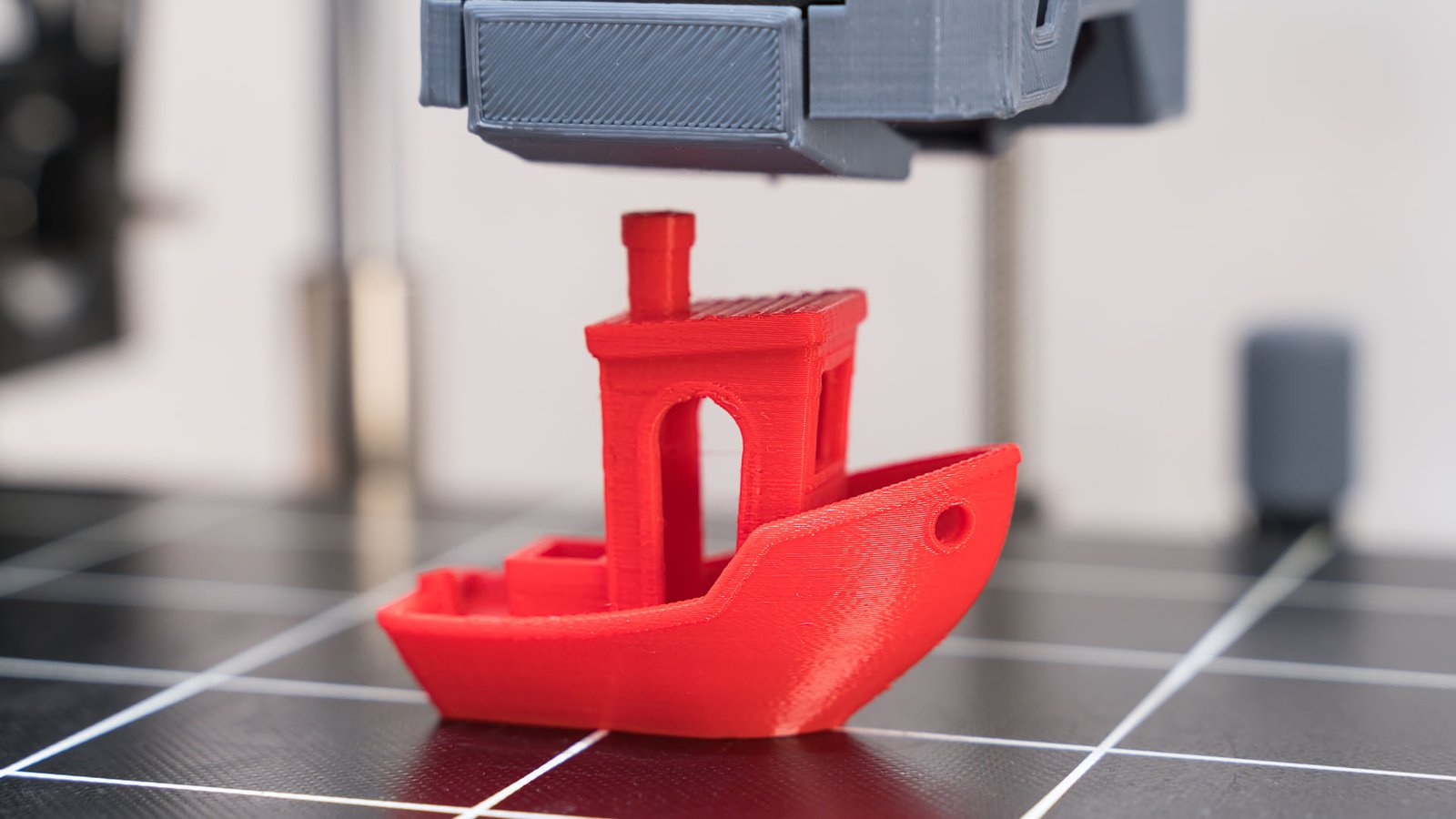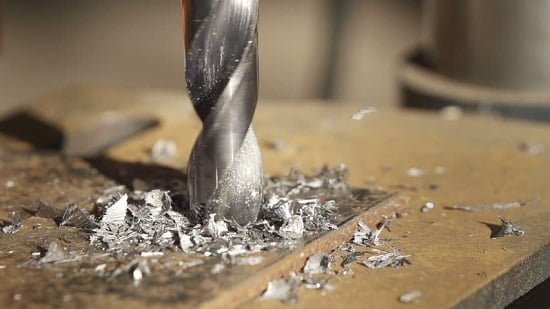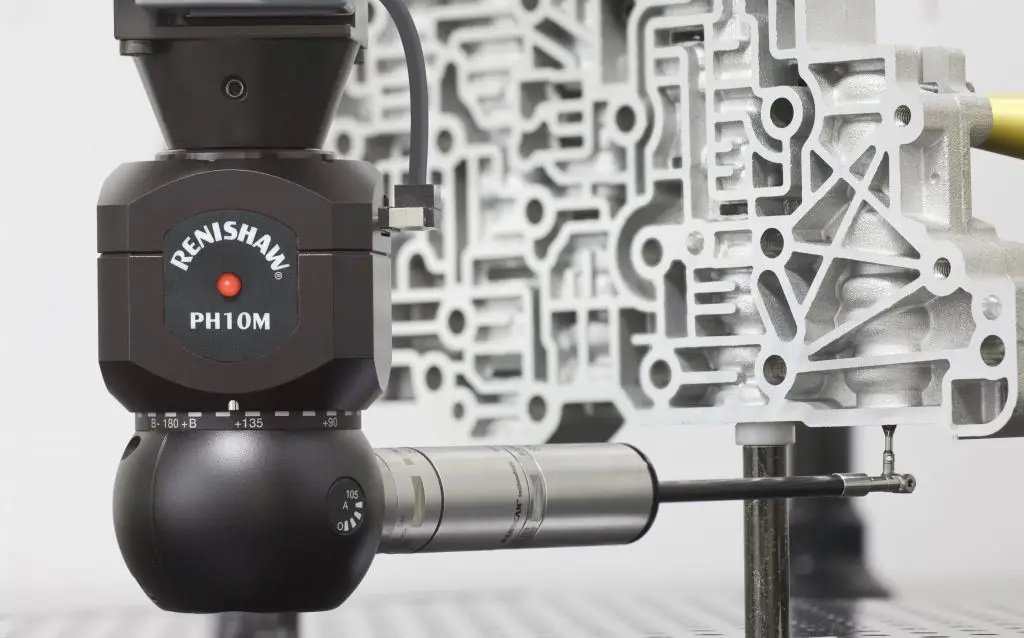Types of shot blast machines
Hanger Type Shot Blasting
Hanger-type shot blasting machines are the most optimal choice for performing shot blasting operations and preparing the surfaces of a large number of industrial parts. These machines come in both batch (non-continuous) and continuous types, which are chosen based on the nature of the workpiece and the production line.
Hanger-type shot blasting machines are the best option for high-volume shot blasting of parts. These machines are equipped with single or tree-like hangers where parts are manually or robotically placed. Once the hanger is loaded, it enters the blasting chamber of the machine, and the door is closed. In continuous shot blasting machines, this loading action is not present.
After loading, the hanger carrying the parts begins to rotate, exposing all sides of the parts to the steel pellets propelled by the turbines of the machine. After a duration set by the operator, the shot blasting process automatically ends, and the parts are then unloaded from the hanger.
Hanger-type shot blasting machines are among the most efficient options for automotive, casting, and steel structure industries. This is because, in addition to saving time, they do not cause deformation or damage to the parts during the shot-blasting process.
Depending on the specific application, there are different types of hanger shot blasting, including:
- Monorail hanger shot blasting
- Dual rail hanger shot blasting
- Crane hanger shot blasting
Tunnel (Gateway) Shot Blasting
Tunnel shot blasting machines are widely used today for continuous de-rusting, cleaning, and roughening of various parts. In this system, several shot-blasting turbines are installed in different positions and orientations to ensure access to all surfaces of the parts.
A cabin (tunnel) is equipped, which is connected to these turbines. Products that need to undergo shot blasting are introduced into the cabin using various methods and are cleaned as they pass through. Upon completion of the process, they exit the cabin. These machines come in different types, the most important of which include:
- Roller conveyor tunnel shot blasting
- Wire mesh conveyor tunnel shot blasting
- Hanging conveyor tunnel shot blasting
- Vibratory feeder shot blasting
- Wire mesh shot blasting
Each type of tunnel shot blasting machine is designed for specific applications and can accommodate a wide range of part sizes and shapes. These machines are particularly effective for high-volume production environments where consistent and uniform surface treatment is required.
Barrel Shot Blasting
Barrel shot blasting machines are the oldest type of turbine shot blasting machines. In these devices:
- Loading the Parts: Parts are loaded into the barrel from the top. The parts are then subjected to shot blasting as the barrel rotates.
- Cleaning Process: The rotation of the barrel and the spraying of shot pellets onto the parts ensure that all surfaces of the parts are thoroughly cleaned.
- Unloading the Parts: The unloading of the cleaned parts can be done either from the top or bottom of the barrel. This depends on the customer’s requirements, the speed of the operation, and the location of the machine’s use.
Drum (Barrel) Shot Blasting
Drum shot blasting machines are evolved versions of the traditional barrel systems. Due to the high wear and tear in barrel-type machines, drum systems were developed to facilitate the operator’s work while retaining the rolling capability.
- Conveyor System: Instead of a rotating barrel, drum shot blasting machines use a continuously rotating conveyor system. This allows the parts to tumble over each other, ensuring that all angles are exposed to the blasting process.
- Blasting Process: As the parts roll on the conveyor, they are bombarded from above by shot pellets propelled by turbines. This ensures thorough cleaning and finishing of the parts.
- Unloading Cleaned Parts: Once the parts are cleaned, they are unloaded from the machine. This system ensures efficient and even cleaning, as well as finishing of all surfaces and angles of the parts.
Drum shot blasting machines are particularly suitable for processing large volumes of small to medium-sized parts, providing efficient and uniform cleaning and surface finishing. They are commonly used in various industries for preparing parts for further processing or coating.
Table Shot Blasting
Table shot blasting machines are highly sought after, following the drum type, and are particularly suitable for large-sized parts. Here’s how they work:
- Rotating Table Design: The workpiece is placed on a round table that rotates. This rotation ensures that all angles of the part are exposed evenly to the shot-blasting process.
- Shot Blasting Process: Pellets are propelled onto the part from turbines. The placement and movement of the turbines are designed to ensure complete coverage of the part’s surface.
- Versatile Applications: In addition to removing coatings, deburring, oil and sand cleaning, these machines can also perform shot peening when equipped with specific control devices. This versatility makes them suitable for a wide range of surface treatment applications.
- Adjustable Table Size and Turbine Number: The number and diameter of the tables can be adjusted according to the size of the workpiece. For medium and large-sized machines, there is also the option to increase the number of turbines based on customer requirements.
Table shot blasting machines are particularly beneficial in industries where large, bulky parts require uniform surface treatment. Their ability to handle different materials and surface conditions makes them invaluable in settings where precision and efficiency are crucial.
Rod and Wire Shot Blasting
Rod and wire shot blasting is specifically tailored for steel profiles commonly used in the construction industry. Here’s an overview of the process:
- Requirement in Construction: Steel rods and wires are often required by employers in the construction industry to undergo shot blasting. This process is not solely for cleaning purposes but also for enhancing mechanical properties.
- Machine Design: Shot blasting machines for rods, wires, and cables are designed to accommodate these materials in two forms:
- Longitudinal: For straight, long pieces.
- Coiled: For wires or rods that are wound into coils or bundles.
These machines efficiently clean and improve the surface quality of rods and wires, which is essential for ensuring their durability and suitability for use in construction projects. The shot blasting process helps in removing rust, scale, and other contaminants, and can also improve the fatigue strength of the steel by inducing residual compressive stress on the surface. This makes the steel more resistant to crack initiation and propagation, a crucial factor in construction materials.
Latest Articles in your inbox
Subscribe to our newsletter to get the newest manufacturing and industrial services articles in your inbox once a week.


